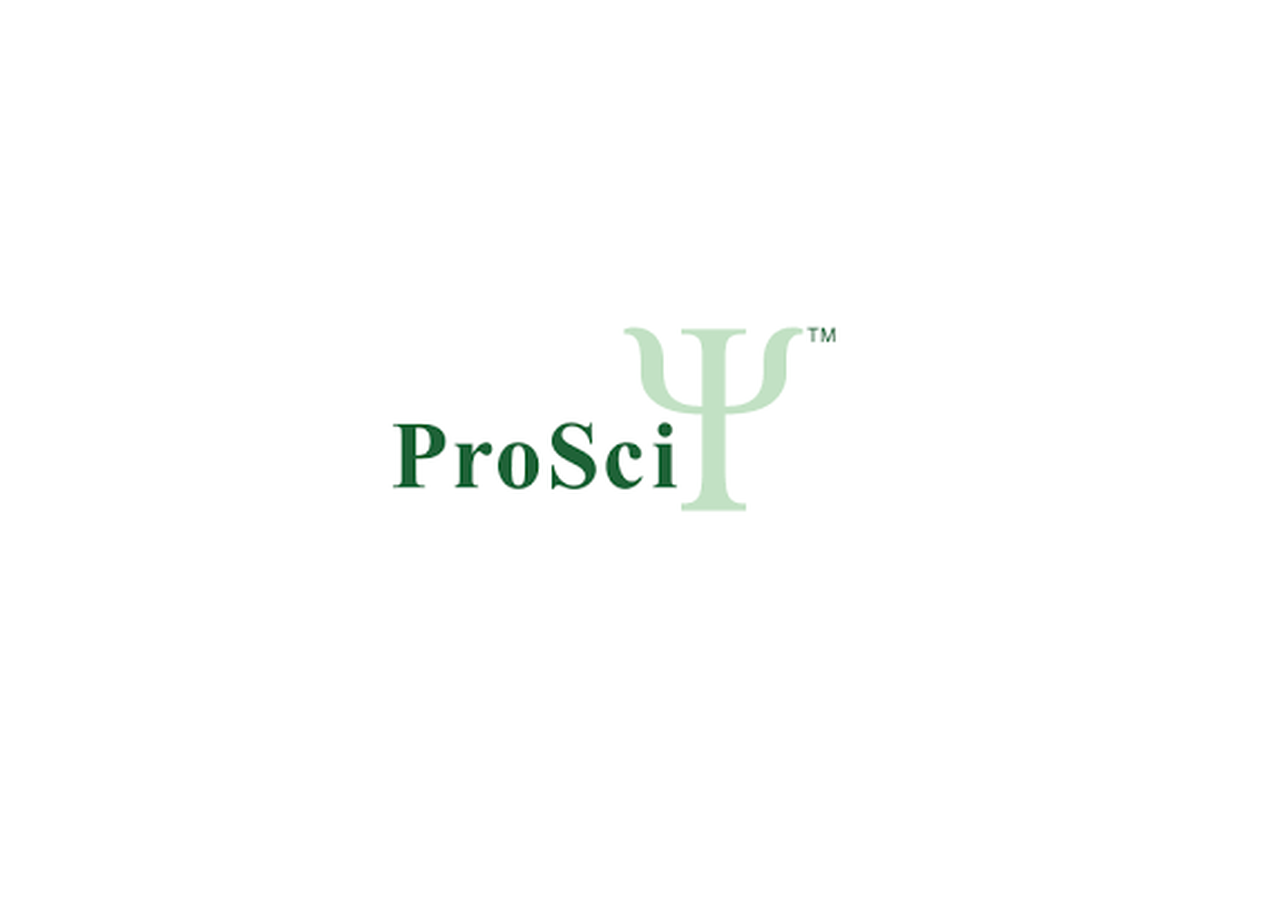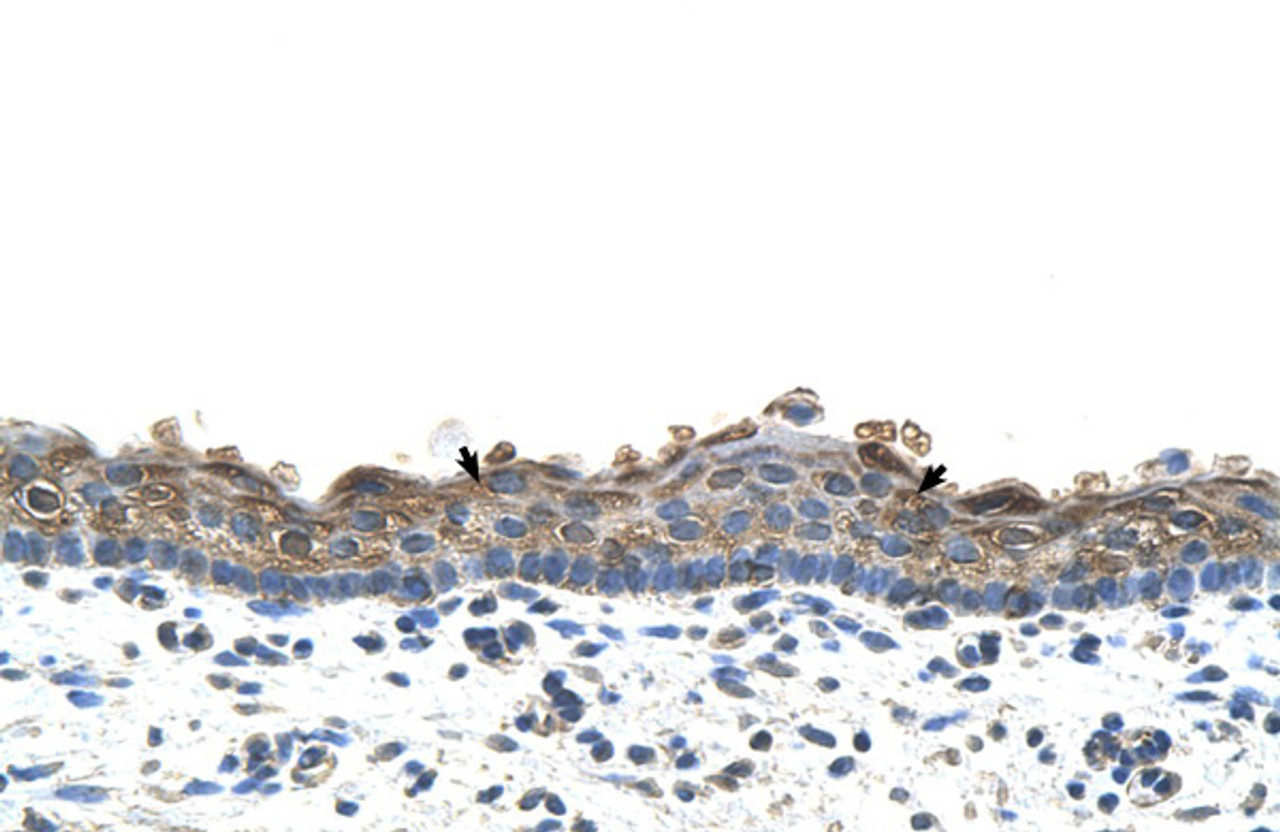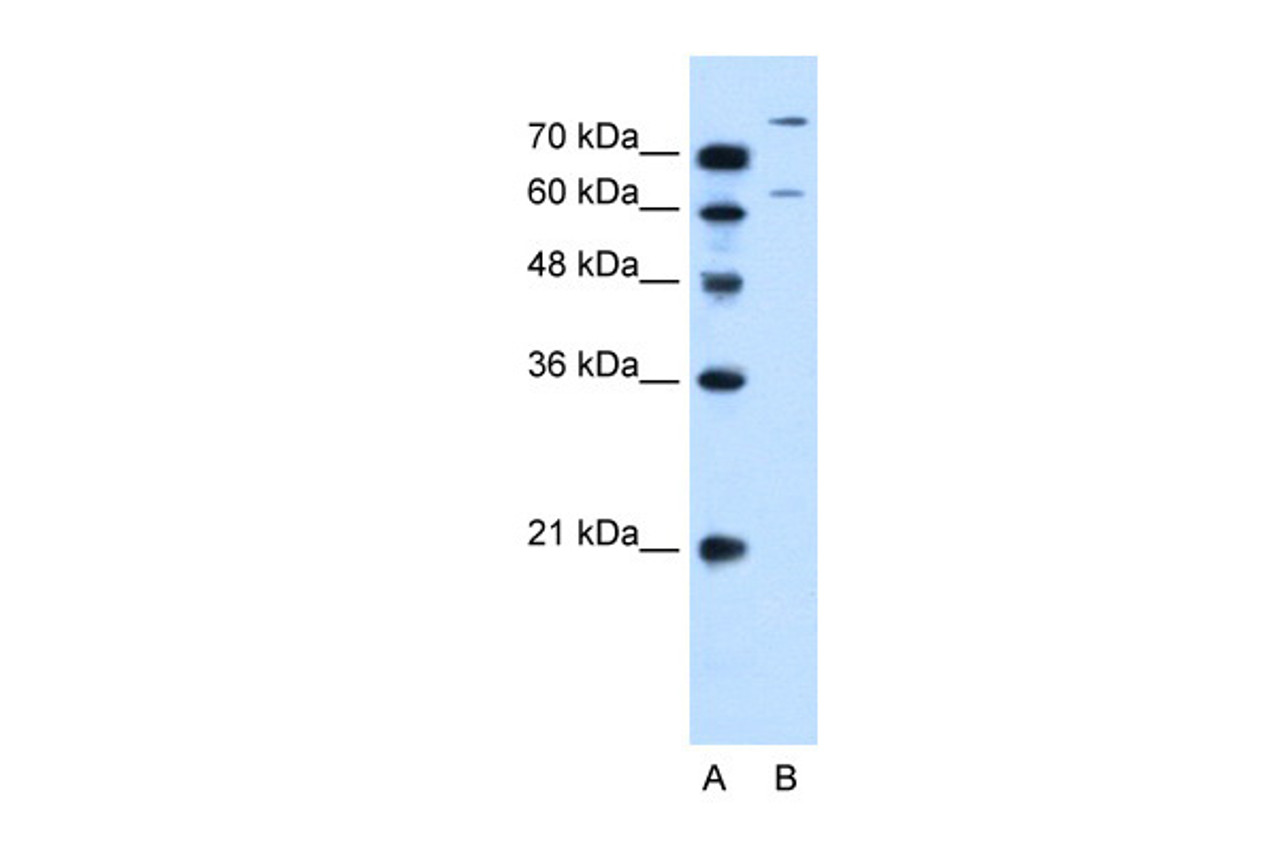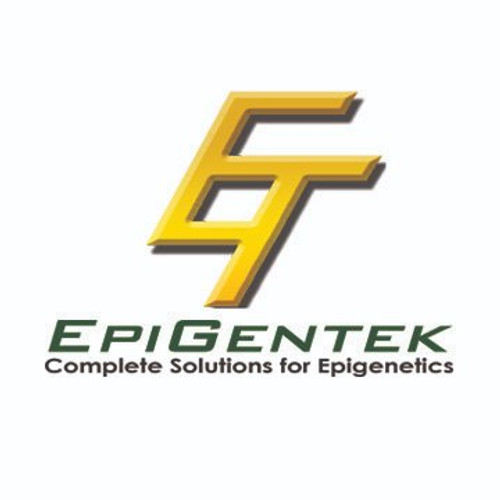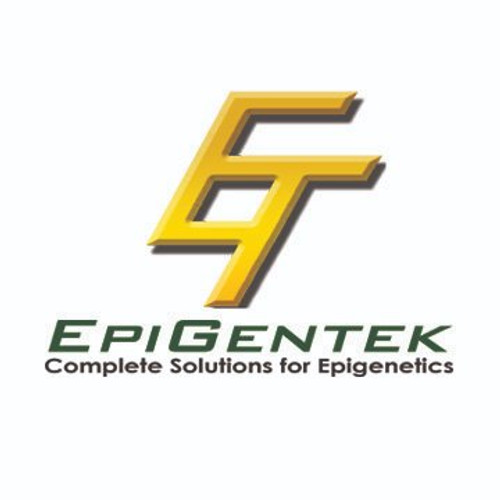Product Description
SLC26A1 Antibody | 29-938 | ProSci
Host: Rabbit
Reactivity: Human
Homology: N/A
Immunogen: Antibody produced in rabbits immunized with a synthetic peptide corresponding a region of human SLC26A1.
Research Area: Membrane, Cancer
Tested Application: E, WB, IHC
Application: SLC26A1 antibody can be used for detection of SLC26A1 by ELISA at 1:1562500. SLC26A1 antibody can be used for detection of SLC26A1 by western blot at 0.5 μg/mL, and HRP conjugated secondary antibody should be diluted 1:50, 000 - 100, 000.
Specificiy: N/A
Positive Control 1: Cat. No. 1211 - HepG2 Cell Lysate
Positive Control 2: N/A
Positive Control 3: N/A
Positive Control 4: N/A
Positive Control 5: N/A
Positive Control 6: N/A
Molecular Weight: 77 kDa, 75 kDa
Validation: N/A
Isoform: N/A
Purification: Antibody is purified by peptide affinity chromatography method.
Clonality: Polyclonal
Clone: N/A
Isotype: N/A
Conjugate: Unconjugated
Physical State: Liquid
Buffer: Purified antibody supplied in 1x PBS buffer with 0.09% (w/v) sodium azide and 2% sucrose.
Concentration: batch dependent
Storage Condition: For short periods of storage (days) store at 4˚C. For longer periods of storage, store SLC26A1 antibody at -20˚C. As with any antibody avoid repeat freeze-thaw cycles.
Alternate Name: SLC26A1, EDM4, SAT-1, SAT1
User Note: Optimal dilutions for each application to be determined by the researcher.
BACKGROUND: SLC26A1 is a member of sulfate/anion transporter family. Family members are well conserved in their protein (aa length among species) structures, but have markedly different tissue expression patterns. Its gene is primarily expressed in the liver, pancreas, and brain.This gene is a member of a family of sulfate/anion transporter genes. Family members are well conserved in their genomic (number and size of exons) and protein (aa length among species) structures, but have markedly different tissue expression patterns. This gene is primarily expressed in the liver, pancreas, and brain. Three splice variants that encode different isoforms have been identified.
 Euro
Euro
 USD
USD
 British Pound
British Pound
 NULL
NULL

